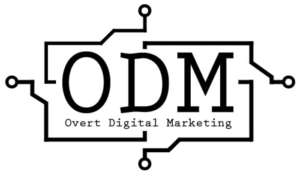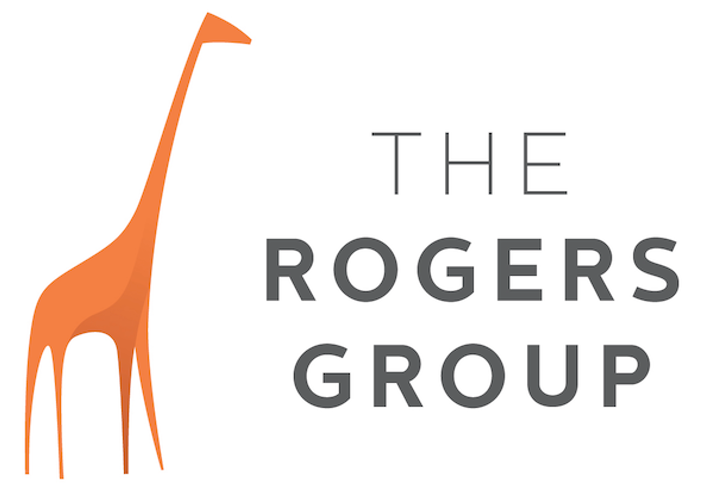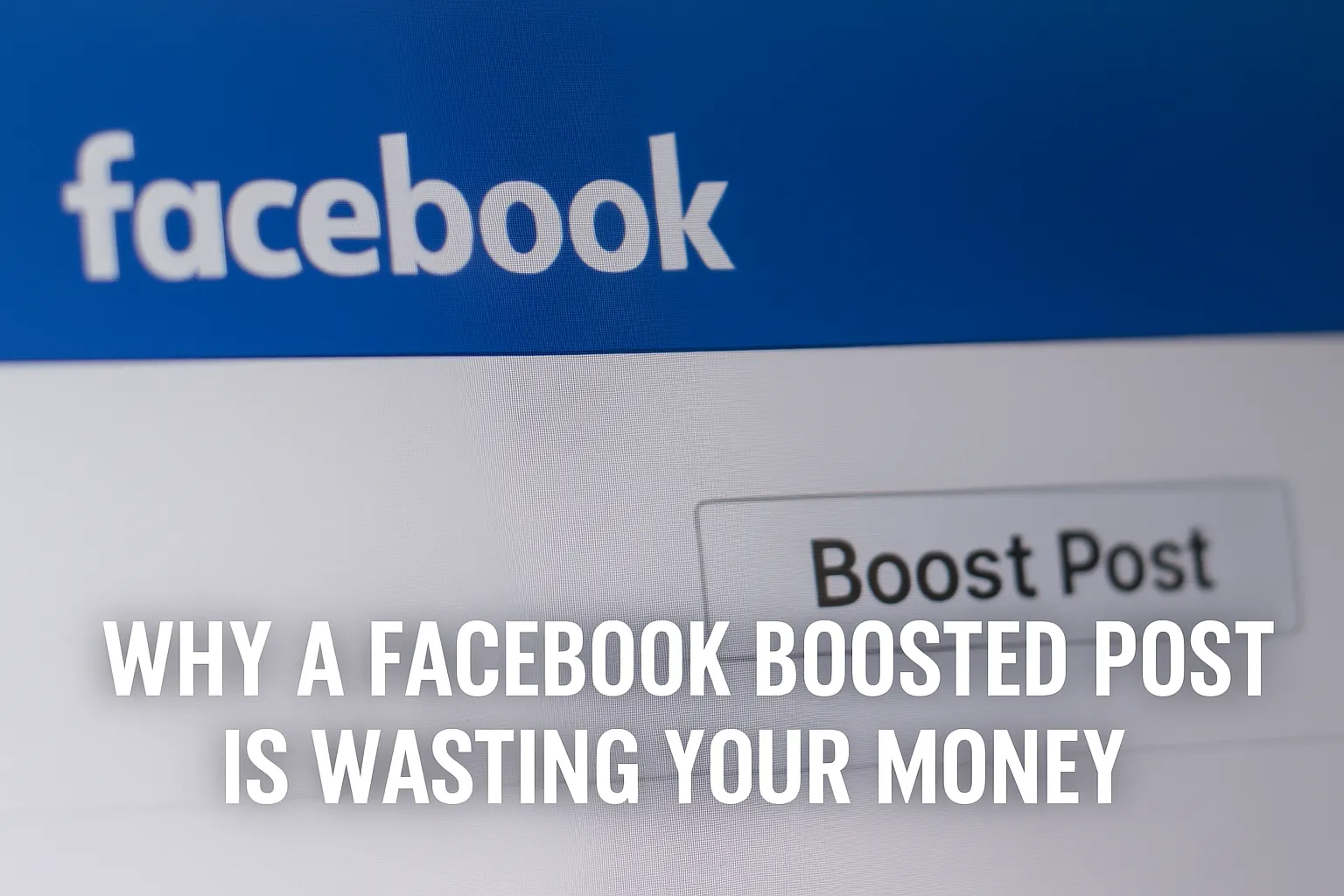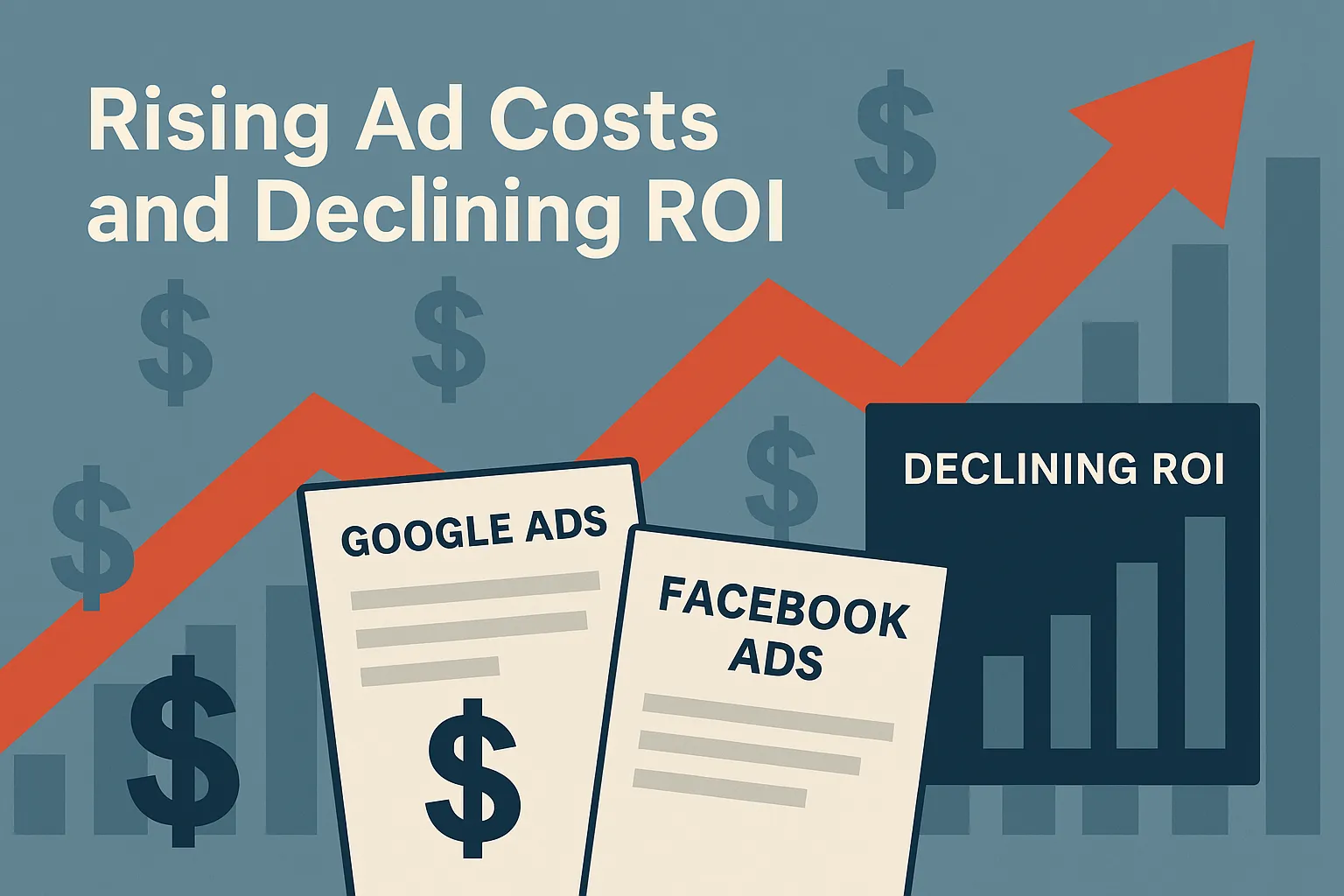In the ever-evolving world of digital marketing, social media advertising has emerged as a game-changer. With billions of users engaging on platforms like Facebook, Instagram, LinkedIn, and Twitter, businesses have unparalleled opportunities to connect with their target audiences. Social media ads enhance brand visibility, drive targeted traffic, boost sales, and foster deeper customer relationships.
Leveraging social media ads for business growth has manifold benefits. From precise audience targeting and cost-effective budgeting to real-time performance tracking and enhanced engagement, social media advertising offers a robust toolkit for businesses aiming to scale their operations. As companies continue to navigate the digital landscape, understanding and implementing successful social media ad strategies can unlock significant growth and competitive advantage.
Understanding Social Media Advertising
Social media advertising involves creating and displaying paid advertisements on social media platforms. These ads can appear in various formats, including images, videos, carousels, and sponsored posts. The primary goal of social media ads is to reach a targeted audience with tailored messages, driving specific actions such as website visits, purchases, or app downloads. Advertisers can leverage advanced targeting options and analytics to optimise their campaigns and achieve desired outcomes.
Key Platforms for Social Media Ads
- Facebook: With its vast user base and sophisticated targeting options, Facebook is a dominant platform for social media advertising. Businesses can create a range of ad formats, including image, video, and slideshow ads, to engage users in their news feed, stories, or right-hand column.
- Instagram: As a visually-driven platform, Instagram is ideal for brands looking to showcase their products or services through high-quality images and videos. Instagram ads appear in users’ feeds, stories, and explore pages.
- LinkedIn: LinkedIn is the go-to platform for B2B advertising. It offers targeted ad placements based on professional criteria such as industry, job title, and company size. Ad formats include sponsored content, InMail, and text ads.
- Twitter: Twitter ads can help businesses reach users based on keywords, interests, and follower behaviour. Ad formats include promoted tweets, trends, and accounts, making it a versatile option for real-time engagement and brand promotion.
Differences Between Organic and Paid Social Media Strategies
Organic social media strategies involve posting content that gains traction through user engagement, shares, and comments without financial investment. This approach builds brand presence and fosters community but often requires time and consistent effort to see significant results.
In contrast, paid social media strategies involve investing in ads to reach a broader and more targeted audience. Paid ads offer immediate visibility, enhanced targeting options, and measurable results. While organic efforts are crucial for building long-term relationships and brand loyalty, paid advertising accelerates growth by rapidly driving traffic and conversions.
Top Proven Social Media Advertising Strategies
1. Setting Clear Objectives
Effective social media advertising strategies begin with setting clear objectives. Whether you aim to enhance brand awareness, generate leads, or drive sales, having specific goals allows you to tailor your campaigns to achieve desired outcomes. Defining clear advertising goals helps ensure that your social media ads are aligned with your broader marketing objectives and can significantly impact the success of your campaigns.
To maximise the effectiveness of your social media advertising strategies, it’s crucial to align your ad objectives with your overall business goals. This alignment ensures that every ad campaign contributes to your larger business vision, whether expanding market reach, increasing customer engagement, or boosting revenue. Integrating your advertising goals with your business strategy can create more focused and impactful campaigns that drive growth and performance.
Examples of Common Social Media Ad Objectives
Common social media ad objectives include:
- Brand Awareness: Increasing the visibility of your brand among potential customers.
- Lead Generation: Capturing contact information from prospects interested in your products or services.
- Sales: Driving direct conversions and revenue through targeted promotions.
- Website Traffic: Directing users to your website or landing page for further engagement.
2. Identifying Your Target Audience
A key component of successful social media advertising strategies is identifying and segmenting your target audience. Analyse demographic information, interests, behaviours, and location to define your ideal audience segments. Using customer personas and market research can help you pinpoint your ads’ most relevant audience groups, ensuring your messages reach those most likely to engage with your brand.
Leveraging audience insights and data is crucial in developing effective social media advertising strategies. Analysing performance metrics, user engagement, and demographic data helps you understand how your audience interacts with your ads. This information can guide adjustments to your targeting and messaging, improving the relevance and impact of your campaigns. You can refine your ad strategies by continuously monitoring and analysing audience data to achieve better results and drive business growth.
3. Crafting Compelling Ad Content
A cornerstone of effective social media advertising strategies is crafting compelling ad content. Focus on creating visually appealing and engaging ad creatives to capture your audience’s attention. Use high-quality images, eye-catching graphics, and consistent branding to make your ads stand out. Incorporating dynamic elements like animations or interactive features can also enhance engagement. Ensure your ad content aligns with your brand message and resonates with your target audience.
In addition to striking visuals, clear and persuasive ad copy is crucial to successful social media advertising strategies. Your ad copy should be concise, direct, and compelling, with a strong call-to-action that guides users toward your desired outcome. Highlighting key benefits and addressing pain points can make your message more impactful. Effective ad copy grabs attention and drives users to take the next step, whether it’s visiting your website, signing up for a newsletter, or making a purchase.
4. Choosing the Right Ad Format
Selecting the appropriate ad format is key to social media advertising strategies. Each platform offers various ad formats, including:
- Carousel ads allow multiple images or videos in a single ad, making them ideal for showcasing multiple products or features.
- Video Ads: Engaging users with dynamic and interactive content, perfect for storytelling or demonstrating product benefits.
- Story Ads: Full-screen ads between user stories effectively create immersive experiences and drive immediate engagement.
Understanding the strengths of each ad format helps you align your content with your campaign objectives and audience preferences.
5. Budgeting and Bidding Strategies
Effective social media advertising strategies require careful budgeting. Start by determining how much you can afford to spend and allocate your budget based on campaign goals and expected outcomes. Consider factors such as the cost per click (CPC), cost per impression (CPM), and overall campaign duration. Monitoring performance and adjusting your budget as needed ensures that you optimise your ad spend for maximum return on investment.
Different Bidding Strategies
Choosing the right bidding strategy is crucial for the success of your social media advertising strategies. You can opt for:
- Manual Bidding: You can set specific bids for ad placements, which gives you greater control over costs but requires more active management.
- Automatic Bidding: The platform adjusts bids based on your campaign goals and budget, which can be more efficient and less time-consuming.
Selecting between manual and automatic bidding depends on your level of expertise, campaign complexity, and desired control over ad spending. Both strategies have advantages, so choose the one that best aligns with your advertising objectives.
6. Monitoring and Analysing Ad Performance
Monitoring and analysing ad performance is essential to ensure the success of your social media advertising strategies. Key metrics to track include:
- Click-Through Rate (CTR): This measure measures the percentage of users who click on your ad after seeing it. A higher CTR indicates effective ad targeting and engaging content.
- Cost Per Click (CPC): This shows how much you pay each time a user clicks on your ad. Keeping CPC in check helps manage your ad budget efficiently.
- Conversion Rate: Tracks the percentage of users who complete a desired action (e.g., purchasing or signing up) after interacting with your ad. A higher conversion rate signifies that your ad is driving valuable actions.
Focusing on these metrics can help you evaluate the effectiveness of your social media advertising strategies and make data-driven decisions to enhance campaign performance.
7. A/B Testing for Better Results
A/B testing is fundamental in social media advertising strategies for optimising ad performance. This method involves creating two or more versions of an ad with slight variations (such as different headlines, images, or calls-to-action) and comparing their performance to determine which version yields better results.
The importance of A/B testing lies in its ability to provide insights into what elements resonate most with your audience. By systematically testing and refining different aspects of your ads, you can improve engagement, increase conversions, and maximise the effectiveness of your social media advertising strategies.
8. Adjusting and Optimising Your Campaign
Continuous testing and iteration are crucial components of successful social media advertising strategies. Regularly reviewing performance data and making adjustments based on insights helps refine your campaigns for optimal results.
By implementing iterative changes and testing different approaches, you can identify what works best for your audience and adapt your strategies accordingly. This ongoing optimisation ensures that your social media ads remain relevant, engaging, and effective, driving sustained growth and improving return on investment.
Transform Your Business with Effective Social Media Advertising Strategies
To unlock success with social media ads, leveraging effective social media advertising strategies is crucial. Key approaches include setting clear objectives, identifying and targeting the right audience, crafting compelling ad content, choosing the appropriate ad formats, budgeting wisely, and continually monitoring and optimising performance. By implementing these strategies and remaining agile in your approach, you can drive significant growth and achieve your business goals through social media advertising.
Remember, the landscape of social media is always evolving. Embrace the opportunity to apply these strategies, test new ideas, and refine your campaigns to stay ahead of the curve. For expert assistance and tailored solutions that align with your unique business needs, reach out to Overt Digital Marketing. Our team is here to help you navigate the complexities of social media advertising and achieve outstanding results.
Ready to take your social media advertising to the next level? Contact us today for expert guidance and customised strategies. Visit our social media advertising services page to learn more, or schedule a consultation to discuss your needs. Let us help you drive your business growth with effective social media advertising strategies.
By Manesh Ram, Digital Marketing Specialist. Please follow @maneshram & Meta









